When you hear the phrase legendary Bollywood director, one name instantly lights up the silver screen of Indian cinema: Raj Kapoor. From humble beginnings in a theatrical family to becoming the face of an entire generation, Kapoor’s movies still echo in today’s Bollywood blockbusters.
Who Is Raj Kapoor?
Raj Kapoor is a pioneering Indian film director, actor, and producer who shaped the golden era of Bollywood. Born on December 14, 1924, in Peshawar (now Pakistan), he was the son of legendary actor Prithviraj Kapoor and the elder brother of Shammi and Shashi Kapoor. The Kapoor family is often called the "first family of Indian cinema," and Raj became its most flamboyant torchbearer.
Early Life and Entry into Cinema
Kapoor grew up backstage, watching rehearsals and learning the craft of storytelling. At 20, he founded R.K. Films in 1948, a studio that would churn out classics for nearly five decades. His first directorial venture, Andaaz (1949), introduced the world to the charm of his on‑screen romance paired with his signature blend of music and drama.
Breakthrough Films That Defined an Era
Raj Kapoor’s true breakthrough arrived with Awaara (1951). The film’s trailer, featuring a young boy “walking the streets of poverty,” became an international sensation, especially in the Soviet Union where it drew over 50million viewers. Following it, Shree420 (1955) cemented Kapoor’s status as a social commentator; the iconic song "Mera Joota Hai Japani" turned into an anthem of post‑colonial optimism.
Other hallmark movies include:
- Mera Naam Joker (1970) - an ambitious, bittersweet epic about a circus clown’s life.
- Sangam (1964) - Bollywood’s first on‑location shoot in Kashmir, showcasing breathtaking visuals.
- Jagte Raho (1956) - a satire that earned a Golden Lion nomination at the Venice Film Festival.
Signature Style and Themes
Kapoor’s films are instantly recognizable for three core elements:
- Social realism with a romantic sheen: He juxtaposed the struggles of the common man against lavish song‑and‑dance numbers, making heavy topics feel accessible.
- Musical mastery: Partnering with composers like Shankar‑Jaikishan, his movies boasted timeless tracks that remain chart‑toppers decades later.
- Visual symbolism: The iconic “tramp” costume-a tattered coat, bowler hat, and cane-became a visual shorthand for the Indian everyman.
These ingredients turned his cinema into a cultural mirror, reflecting both hope and heartbreak.
Accolades, Awards, and Global Recognition
Raj Kapoor collected more than 30 Filmfare Awards across categories, including Best Director for Jagte Raho and Lifetime Achievement in 1975. Internationally, he was invited to the Cannes Film Festival three times and received the Legion of Honour from the French government in 1990. His films continue to be screened at retrospectives in London, New York, and Moscow, underscoring his cross‑cultural appeal.
Comparison with Other Bollywood Legends
While Kapoor remains the archetype of the “legendary Bollywood director,” it’s useful to see how he stacks up against peers like Yash Chopra and Bimal Roy. The table below outlines key differences.
| Attribute | Raj Kapoor | Yash Chopra |
|---|---|---|
| Active Years | 1948‑1994 | 1959‑2012 |
| Signature Genre | Social‑drama with romance | Romantic‑melodrama |
| Iconic Film | Awaara (1951) | Deewaar (1975) |
| Notable Awards | 30+ Filmfare, Legion of Honour | 12 Filmfare, Padma Bhushan |
| International Reach | Popular in USSR, Europe, Middle East | Global distribution via Yash Raj Films |
How to Explore Raj Kapoor’s Legacy Today
If you want to dive into his world, start with these five must‑watch films. They capture the evolution of his storytelling from youthful optimism to mature introspection.
- Awaara (1951) - the ultimate underdog story.
- Shree420 (1955) - a witty critique of urban corruption.
- Sangam (1964) - love triangle set against India’s natural splendor.
- Mera Naam Joker (1970) - a daring, bittersweet saga.
- Jis Desh Mein Ganga Behti Hai (1960) - a patriotic adventure that won the National Film Award.
Most of these titles are available on streaming platforms like Netflix, Amazon Prime, and the Indian service Hotstar. For a deeper dive, check out the restored 4K editions released by the National Film Archive of India.
Raj Kapoor’s Enduring Influence on Modern Bollywood
Contemporary directors still borrow his visual motifs-a lone figure against a bustling cityscape, or a climactic song that resolves conflict. Actors such as Shah Rukh Khan and Ranbir Kapoor have publicly cited Raj as a source of inspiration for their own acting styles. Even today’s marketing teams reference his brand‑building techniques: creating a “star persona” that feels both aspirational and relatable.
Quick Takeaways
- Raj Kapoor is widely regarded as the definitive legendary Bollywood director for blending social commentary with mass appeal.
- His studio, R.K. Films, launched dozens of classics that remain cultural touchstones.
- Signature elements include the tramp‑hero look, unforgettable music, and a focus on the common man’s struggles.
- He earned more than 30 Filmfare Awards, international honors, and a lasting global fanbase.
- Exploring his top five movies offers a concise roadmap to his artistic evolution.
Frequently Asked Questions
Why is Raj Kapoor called the "Showman of Indian Cinema"?
He combined theatrical spectacle with heartfelt storytelling. His grand song‑and‑dance sequences, lavish set designs, and larger‑than‑life characters turned every release into an event that audiences eagerly awaited.
Which Raj Kapoor film was most successful abroad?
Awaara (1951) topped box‑office charts in the Soviet Union, China, and parts of the Middle East, making it one of the first Indian films to achieve true worldwide fame.
Did Raj Kapoor act in his own movies?
Yes. He frequently played the lead, most famously the lovable tramp in Awaara and Shree420, blending his directorial vision with on‑screen charisma.
What made Raj Kapoor’s music so iconic?
His partnership with composer duo Shankar‑Jaikishan produced melodies that combined classical Indian ragas with Western orchestration, creating timeless songs that still dominate radio playlists.
How can new filmmakers learn from Raj Kapoor?
Study his balance of social relevance and entertainment, pay attention to visual symbolism, and never underestimate the power of a strong musical narrative to drive emotion.
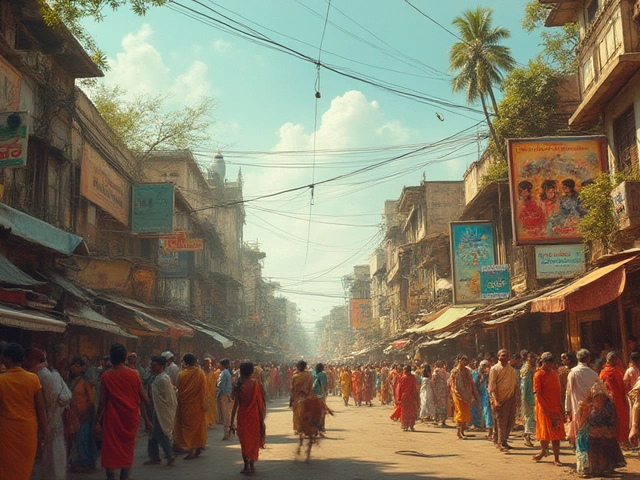
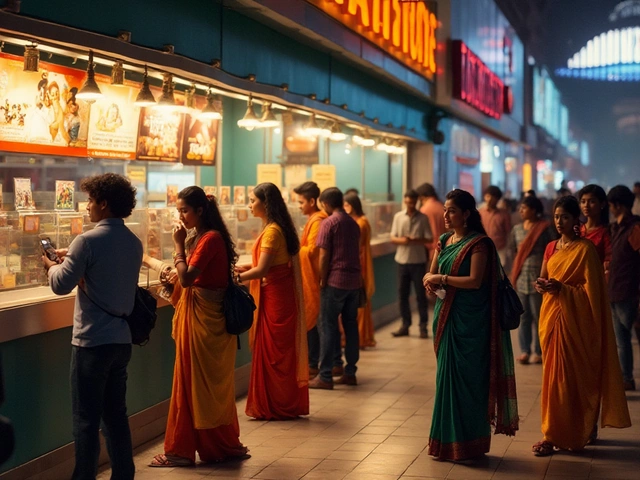
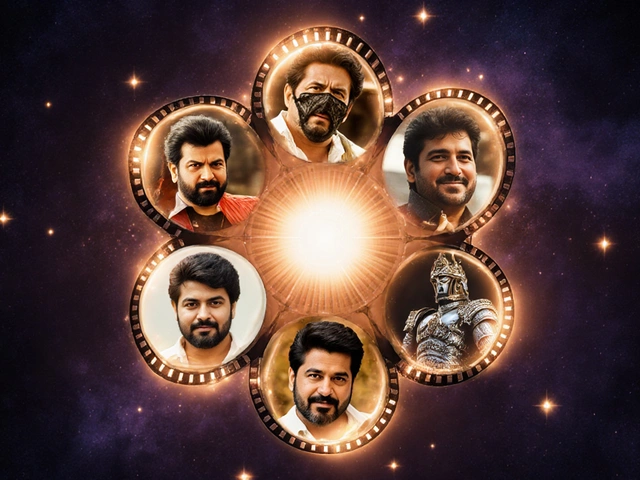
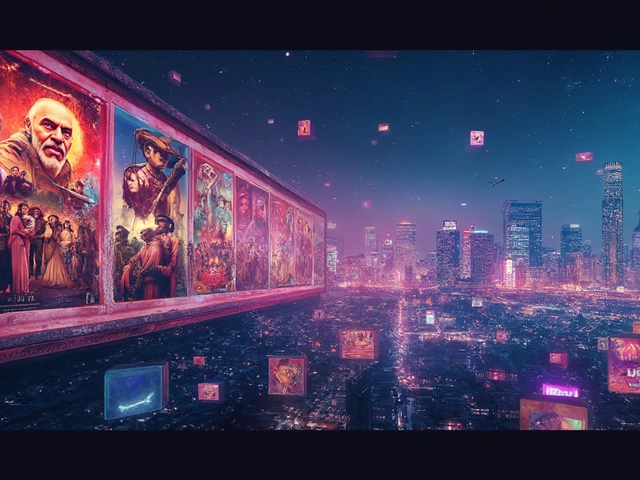
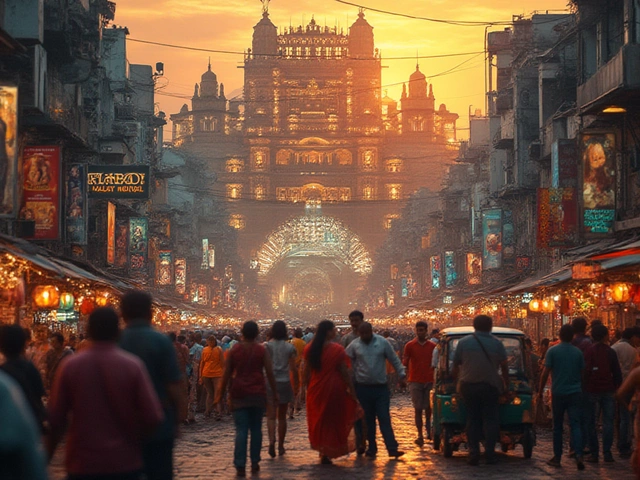
Write a comment